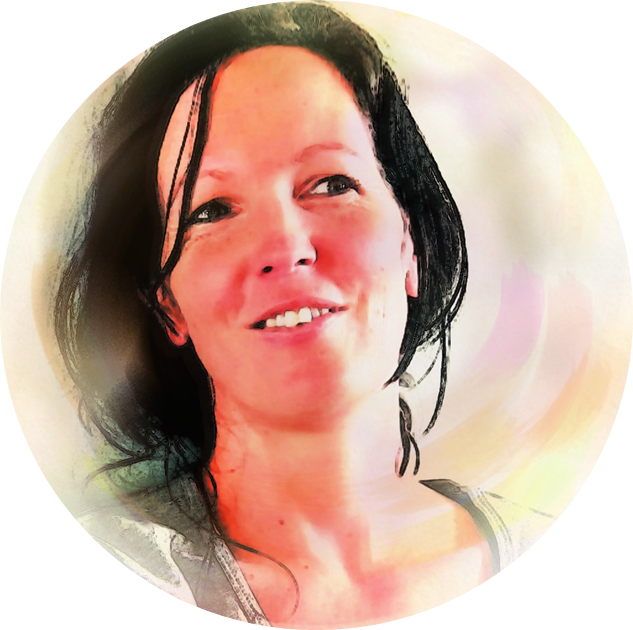I find it fascinating that something as simple as the breath has the power to heal, and by mastering the breath we can master our own minds and our bodies. As a teen I was a shallow breather. Fortunately I had good teachers around me, one of whom introduced me to my first book on the breath.
Most of us don’t breathe correctly; and research has shown that we barely breathe enough to fulfill the needs of our brain and body! We use only a small part of our lung capacity which deprives the body of oxygen and prana – both vital to good health.
Ever noticed when you get frustrated, angry, scared or anxious what happens to your breath? It probably became erratic, shallow or restricted. When we think, we increase our breath rate. When we relax our bodies and become aware of our breath, our breathing rate will drop. The thinking process affects our breath and the breath affects our thinking process.
Many of the world’s indigenous cultures honour the breath as a carrier of life force or energy, as in the Chinese concept qi (or chi) and the Indian prana. In the ancient yogic texts it is also said that each human has a set number of breaths during their lifetime and if you can slow down your breath, you will live longer. Whether fact or fiction, what we do know is these yogis studied nature in great detail and they noticed that animals with a slow breath rate – like phythons, elephants and tortoises – have long life spans. From this observation they realised the importance of slow breathing for increasing the human lifespan. A slow breathing rate keeps the heart stronger and better nourished, helping contribute to a longer life.
In yoga, pranayama means ‘breath control’ where you learn to master the breath using specific breathing techniques. The first stage of pranayama is conscious breathing, where you sit still and simply observe your own breath. This simple practice helps to relax us – body and mind – a relaxed body breathes better; a relaxed mind thinks clearer.
I’d like to share with you ‘Natural Breathing’ a preliminary practice taken from one of my favourite books ‘Asana Pranayama Mudra Bandha’. This exercise follows the ‘journey of the breath’ and gives an excellent focus for a 10 minute meditation. You could easily record it onto your phone and then listen to it whenever you wish. Besides calming the mind and the breath, this practice helps you to (re) learn the mechanics of the breathing process.
Natural Breathing – The Journey of the Breath
- Sit in a comfortable meditation posture or lie down in shavasana (resting pose).
- Relax the whole body.
- Observe the natural and spontaneous breathing process.
- Develop total awareness of the rhythmic flow of the breath.
- Feel the breath flowing in and out of the nose.
- Do not control the breath in any way.
- Notice that the breath is cool as it enters the nostrils and warm as it flows out.
- Observe this with the attitude of detached witness.
- Feel the breath flowing in and out at the back of the mouth above the throat.
- Bring the awareness down to the region of the throat and feel the breath flowing in the throat.
- Bring the awareness down to the region of the chest and feel the breath flowing in the trachea and bronchial tubes.
- Next feel the breath flowing in the lungs.
- Be aware of the lungs expanding and relaxing.
- Shift the awareness down to the abdomen. Feel the abdomen move upward on inhalation and downward on exhalation.
- Finally, become aware of the whole breathing process from the nostrils to the abdomen and continue observing it for some time.
- Bring the awareness back to observing the physical body as one unit and open the eyes.
This will calm your mind and body down. Lets be honest we all need that once in a while so try it out and let us know your experience with this breathing technique!
 Written by Becs
Written by Becs
Mama, moon lover and lifetime student of conscious living, Becs is on a mission to redefine health and vitality in a modern world. She’s an Ayurveda & Yoga Health Coach and creator of Heartspace.
Fave quote: “There is nothing more important than feeling radiant. Nothing.” – Regena Thomashauer






Leave A Comment
You must be logged in to post a comment.